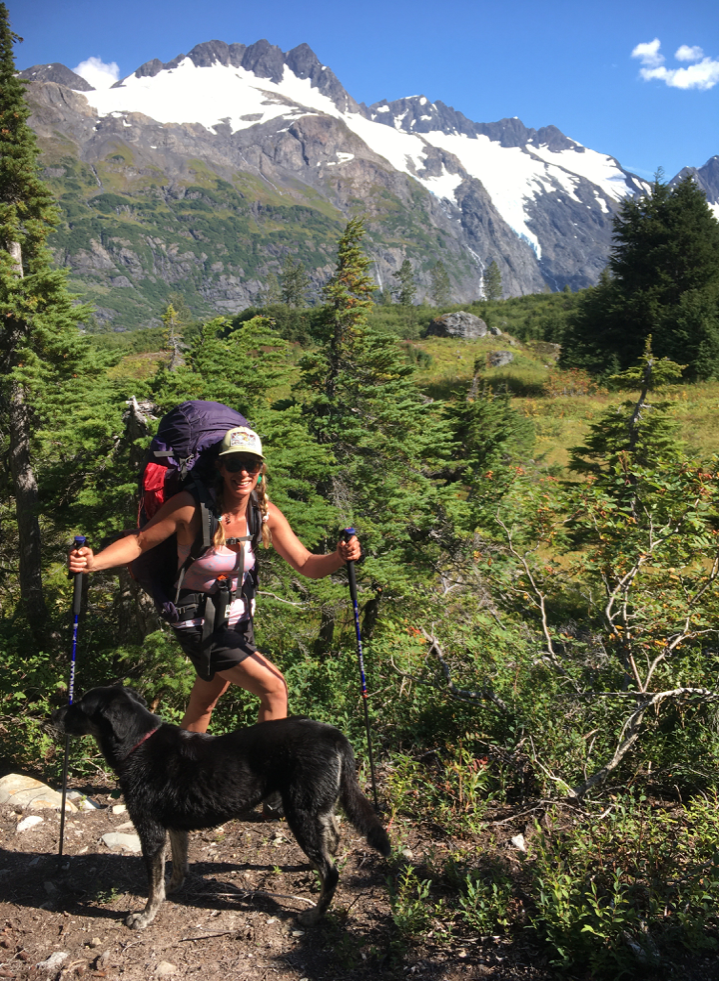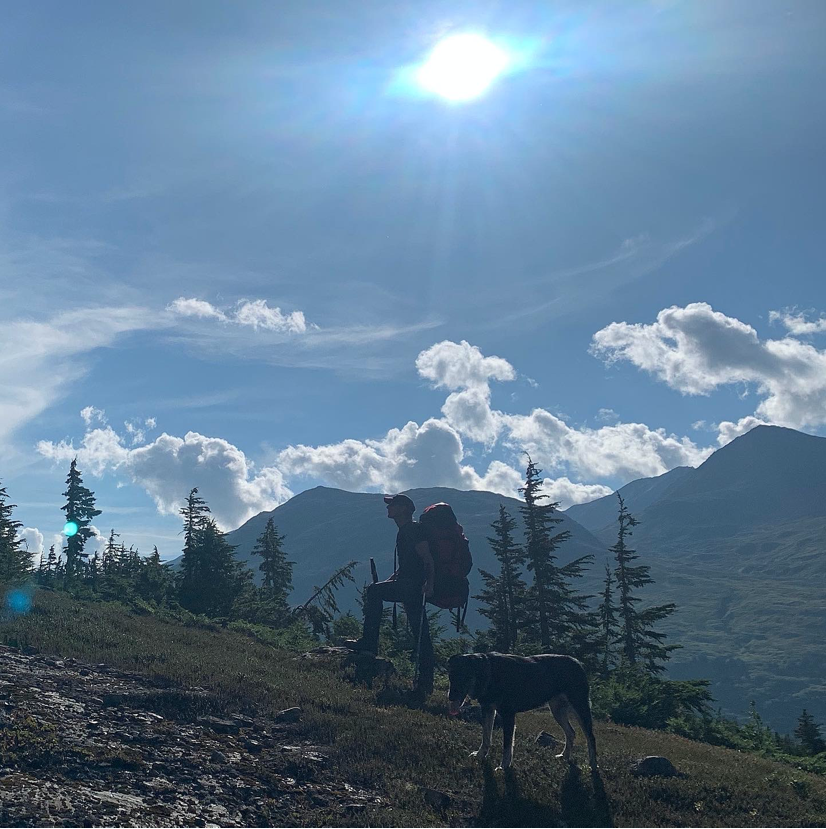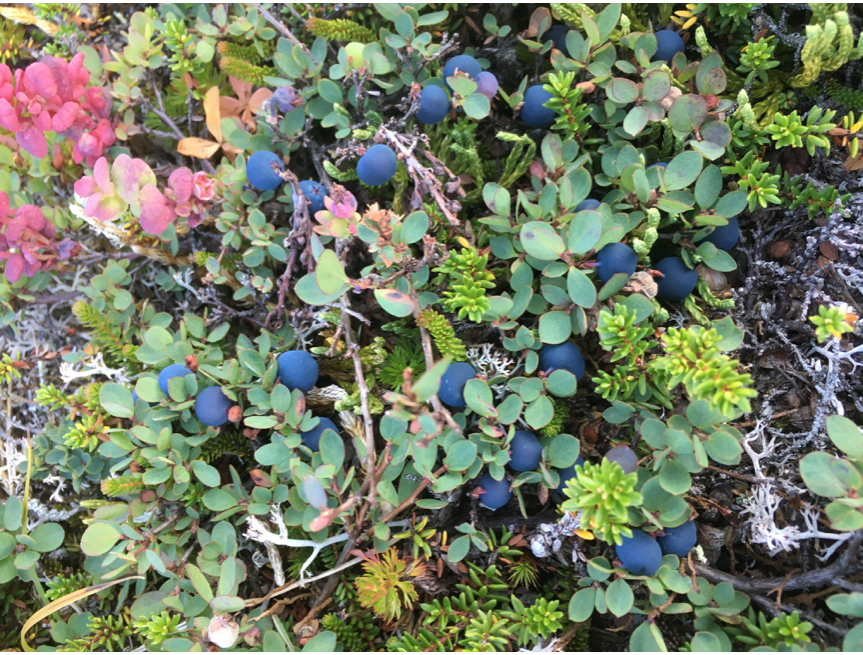Story and photos by Brooke Edwards

Beginning in 2004, The Chugach National Forest worked in partnership with The Alaska Railroad to begin the Chugach Whistle Stop Project. The grand scope of the project will eventually allow visitors access to our public lands via 5 whistlestops, multiple camping sites, public use cabins and miles of connected trails.

Currently, two of these whistle stops are operational and in various stages of development. In recent years, Alaskans in particular, have been enjoying the ease of essentially car camping backpack outings at Spencer Lake. Those from out of state have been able to book outings via Chugach Adventures to heli-hike, camp, kayak, glacier trek and raft the Placer River; all accessed from the Alaska Railroad’s Spencer Whistle Stop train.
I’ve been lucky enough to call this my office for the last couple of years, as a wilderness guide. Recently I decided to bump up the Alaska Railroad tracks a bit and explore the lesser-known whistle stop, Grandview. If you are looking for that next step into backpacking, just slightly beyond the flat wagon-friendly trail at Spencer and certainly wilder with virtually no other people, then Grandview is your whistle stop!
Forest Service Ranger Will Brennan describes Grandview as “Spencer’s quieter, more backcountry cousin.” Most visitors to Grandview are tourists who have booked the Glacier Discovery Train which stops here for 40 minutes allowing visitors to meander up the trail to a small viewing platform before having to re-board the train for the return trip to Anchorage.
Rarely do you spy folks disembarking with overnight packs ready to stay the night and explore further up the 2.5 miles of trail that so far has been built by the Forest Service. Yet this is EXACTLY what you should go and do! The gentle trail contours easily through the alder forest, crossing small glacial streams and slowly ascending up through stands of hemlock harboring blueberry and huckleberry bushes. In merely a mile and a half, the epic vistas of Bartlett Glacier and the surrounding peaks literally take your breathe away. With 4 established campsites, campers can select from a variety of landscapes ranging from quiet shaded forests to the nearby babbling of an alpine brook.

On our recent adventure, my partner Eugen and I were called a little higher to explore. We broke off the moraine access trail into an easy alpine tundra meadow that steeply climbed to an incredible plateau literally carpeted with alpine blueberries.

There, we were rewarded with a perfectly flat tent site, a high creek trickling down from the glacier above and mind blowing views from which to enjoy our gourmet backcountry feast (complete with wine of course!).

If the alpine is calling you, be sure to tread lightly, traveling and camping on durable surfaces since this is not one of the zones that the Forest Service has hardened and prepared for camping, so we don’t want to love it to death quite literally.
When planning your backcountry trip here, be sure to carry a bear proof canister and place not just your food but all your smelly items within it as this is very active bear country. Make sure to follow the 100 yard triangle rule, camping, kitchen and food storage all equally distant from each other to ensure no bad bear interactions. Our dog scared a bear off more than twice during the night and as evidenced by all the claw marks in my French press, it apparently explored our kitchen site as well. The Glacier Ranger District in Girdwood will loan you a bear can if you do not own one. You can also call them to check on the progress of their four sites since the plan is to install a bear-proof food locker at each site by next summer. Make sure that you are versed on safe water treatment and leave no trace practices like digging a cat hole and packing out your used toilet paper and trash. We want to leave our public lands for others to enjoy in their original pristine and wild state. CLICK HERE For more information on the Chugach Whistle Stop Project.
Brooke Edwards is a Wilderness Guide for Chugach Adventures.
Share this Post

